Bringing a new snake into your home is an exciting experience, but it can be stressful for both you and your reptilian companion. Snakes are sensitive creatures that need time to acclimate to new surroundings, and knowing whether they’re thriving or struggling isn’t always straightforward. Unlike mammals that might wag tails or purr, snakes communicate their well-being through subtle behavioral and physical cues. Understanding these signs is crucial for ensuring your pet’s health and happiness during the transition period. This article explores eight key indicators that your snake is successfully adapting to its new habitat, helping you build confidence as a reptile owner and fostering a positive relationship with your scaly friend.
Regular Exploration of the Enclosure

A healthy, adjusting snake will gradually begin to explore its environment with confidence. Initially, your new pet may hide frequently, but as it becomes more comfortable, you’ll notice it venturing out to investigate different areas of its enclosure. This exploration usually happens during the snake’s active periods, which may be during the day or night depending on the species. The snake might climb on branches if provided, push through substrate, or investigate hiding spots and water dishes. This curiosity indicates your snake feels secure enough to learn about its new home and is mentally stimulated by its surroundings, both critical components of reptilian well-being.
Consistent Eating Patterns
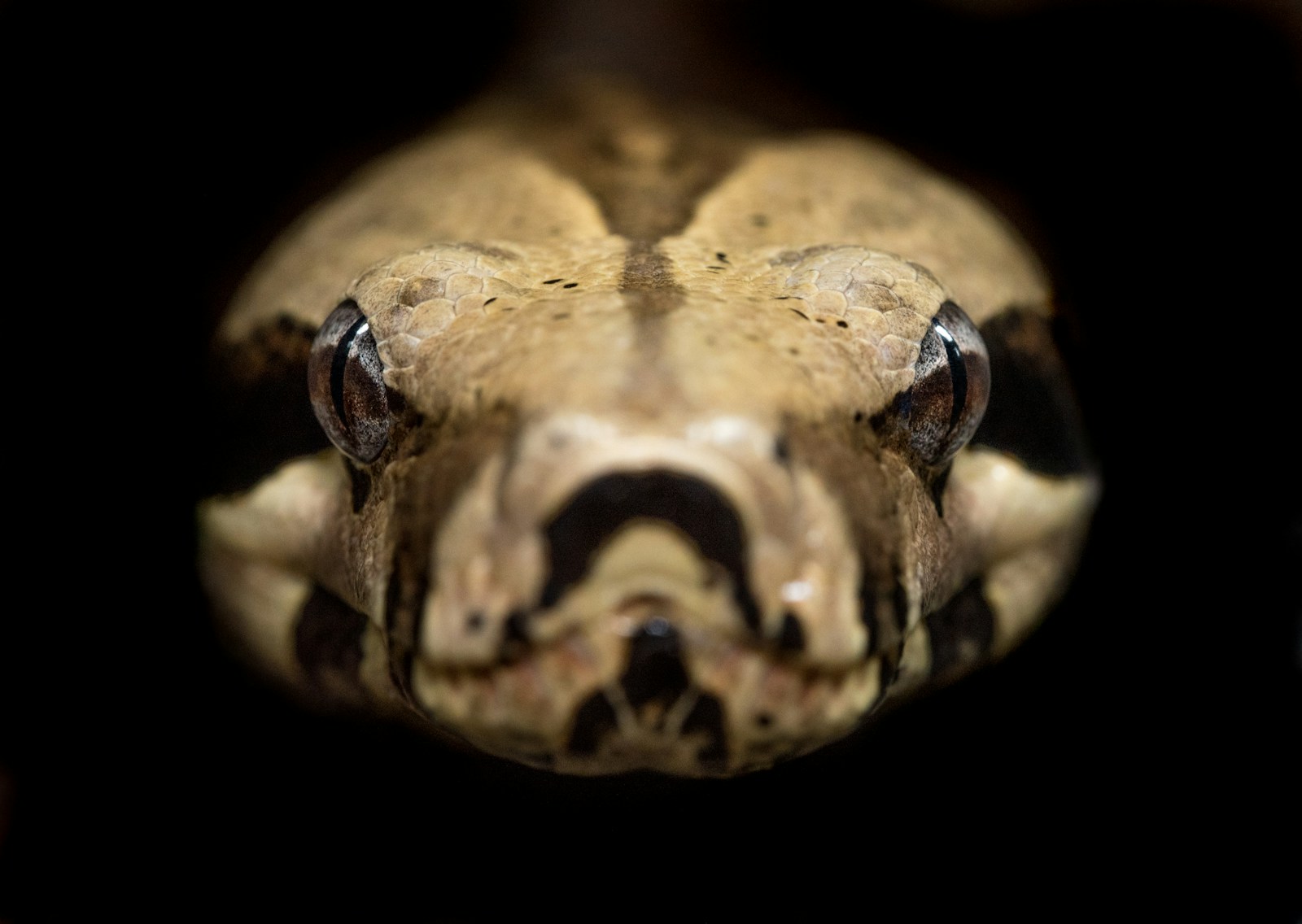
Perhaps the most reliable indicator of a snake adjusting well is its willingness to eat regularly. Many snakes refuse food when stressed or uncomfortable, sometimes fasting for weeks after relocation. When your snake begins accepting meals consistently and with enthusiasm, it’s a strong sign that it feels secure in its new environment. Depending on the species and age, “regular” feeding might mean weekly meals for growing snakes or every few weeks for adult specimens. Pay attention to how your snake responds to feeding time—an adjusted snake will typically show interest in food through tongue flicking, alertness, and purposeful movement toward prey. Remember that some species naturally eat less frequently, so research your specific snake’s normal feeding habits before becoming concerned.
Proper Shedding Cycles
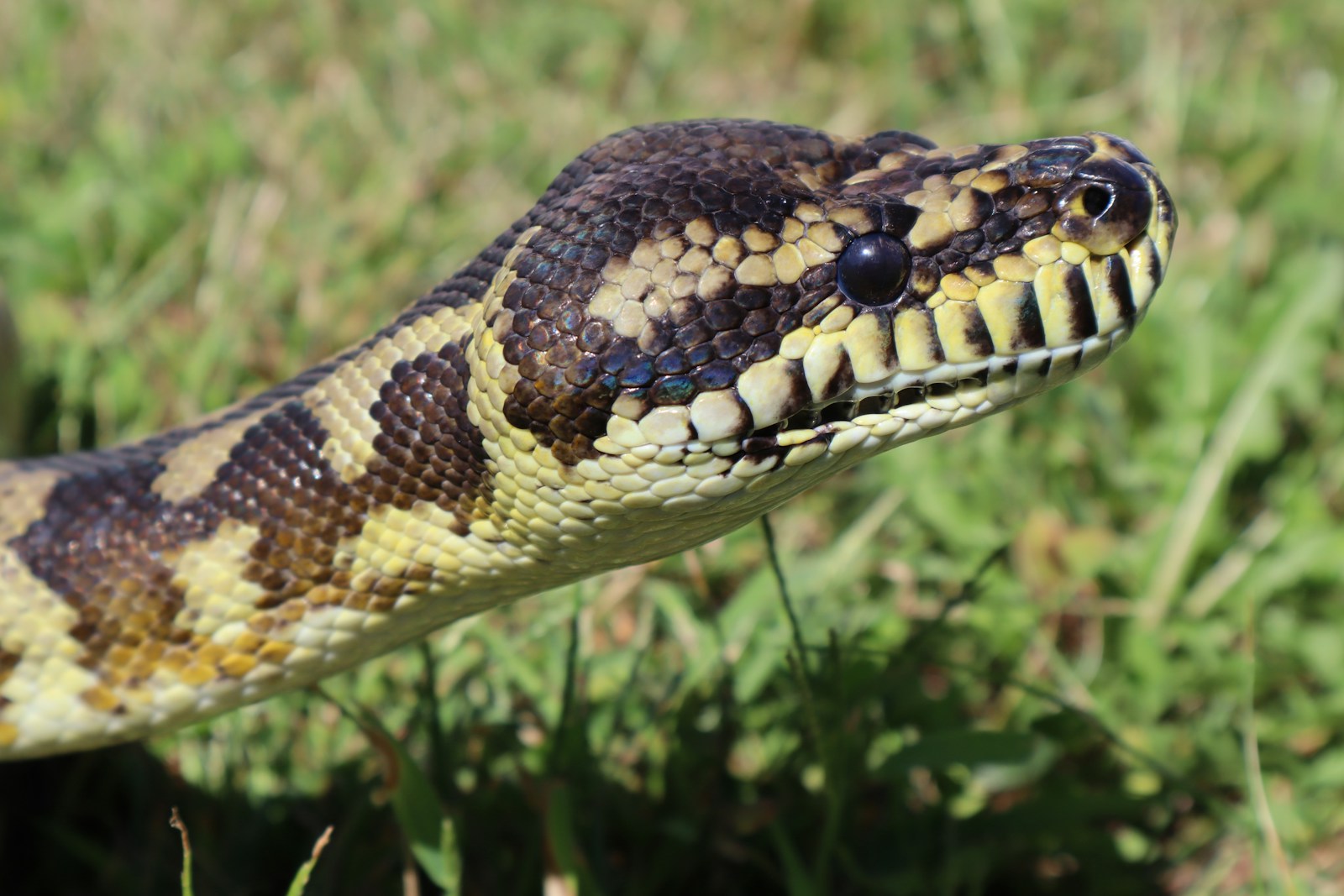
A snake that is shedding its skin completely and on a predictable schedule indicates good adjustment and health. Healthy shedding results in one complete piece of shed skin, often called a “sock” because of how it comes off in one intact tube. Problematic sheds with retained skin, particularly around the eyes (eyecaps) or tail tip, can indicate stress, improper humidity, or health issues. A well-adjusted snake will go through the entire shedding process—starting with dulling of colors, followed by eyes turning bluish (the “blue phase”), then clearing, and finally the actual shed—without complications. Regular, complete sheds approximately every 4-8 weeks (varying by species, age, and feeding frequency) suggest your snake is growing properly and maintaining good health in its new home.
Relaxed Body Posture
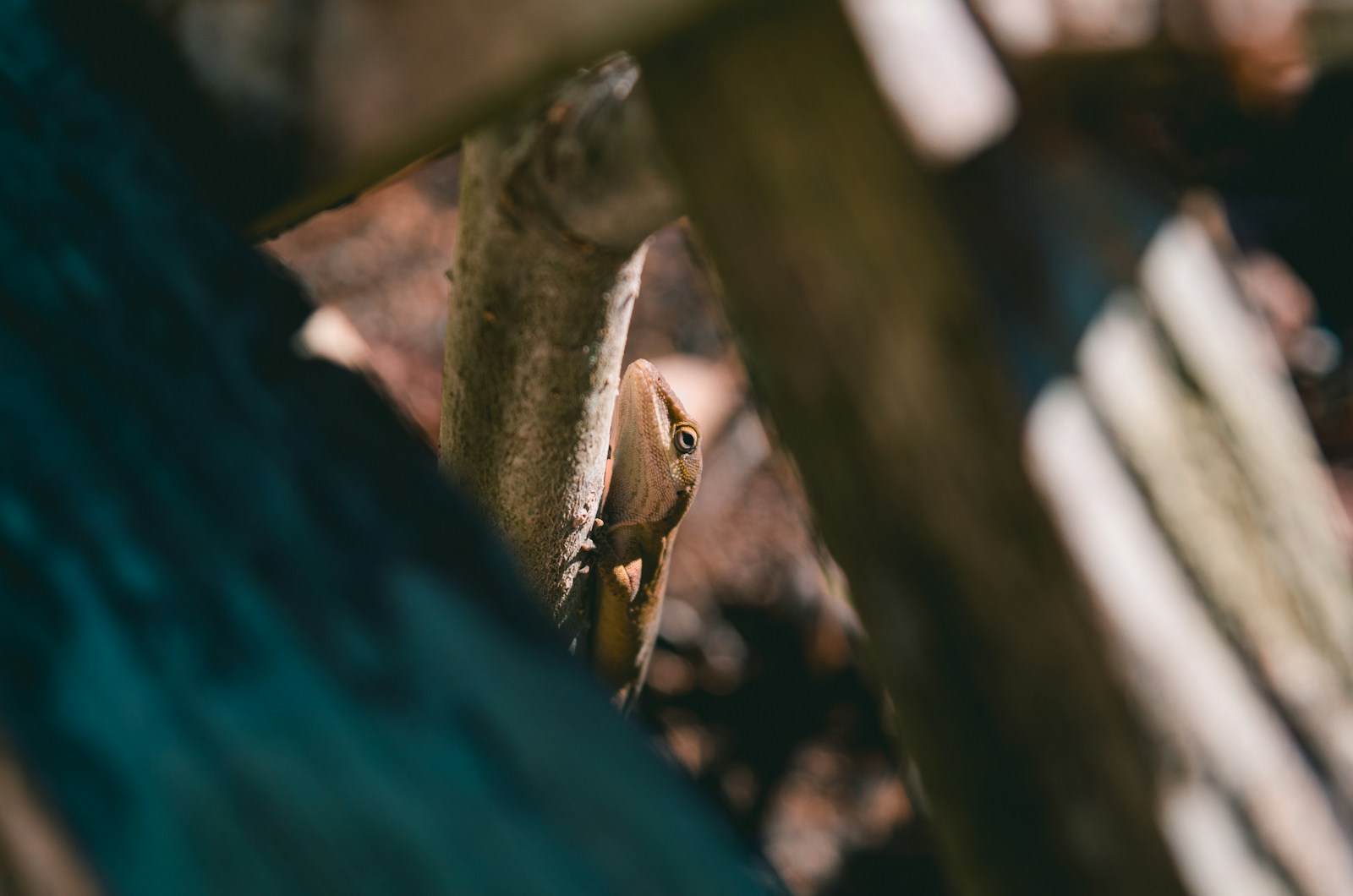
Body language speaks volumes about a snake’s comfort level, and a well-adjusted snake typically displays relaxed posturing. When content, most species will rest in loose coils rather than tight, defensive balls, and will move with fluid, unhurried motions around their enclosure. A comfortable snake’s muscles will appear relaxed rather than tense, and it won’t flinch or recoil dramatically when you make slow movements near the enclosure. Species that climb, like certain colubrids or arboreal pythons, might drape themselves casually over branches rather than clinging tightly in defensive positions. This relaxed demeanor develops gradually as the snake becomes accustomed to its surroundings and recognizes that its new environment poses no immediate threats.
Appropriate Use of Hides and Thermoregulation
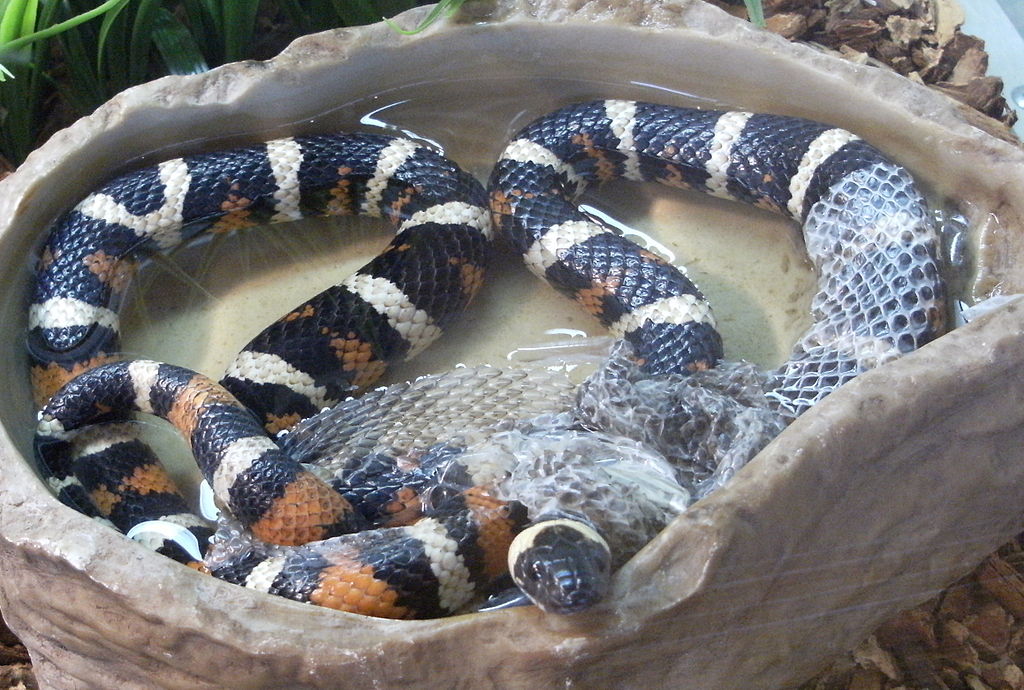
Well-adjusted snakes demonstrate normal thermoregulatory behaviors by moving between warm and cool areas of their enclosure as needed. Your snake should utilize both the warm and cool sides of its habitat, rather than constantly hiding in one location out of fear. Proper thermoregulation includes basking under heat sources when digesting food and retreating to cooler areas when necessary to maintain optimal body temperature. You might observe your snake using different hides throughout the day—perhaps favoring the warm hide after feeding and the cooler hide when ambient temperatures rise. This movement between thermal gradients indicates your snake understands its environment’s layout and feels comfortable enough to move freely to meet its physiological needs.
Responsive but Not Defensive Behavior
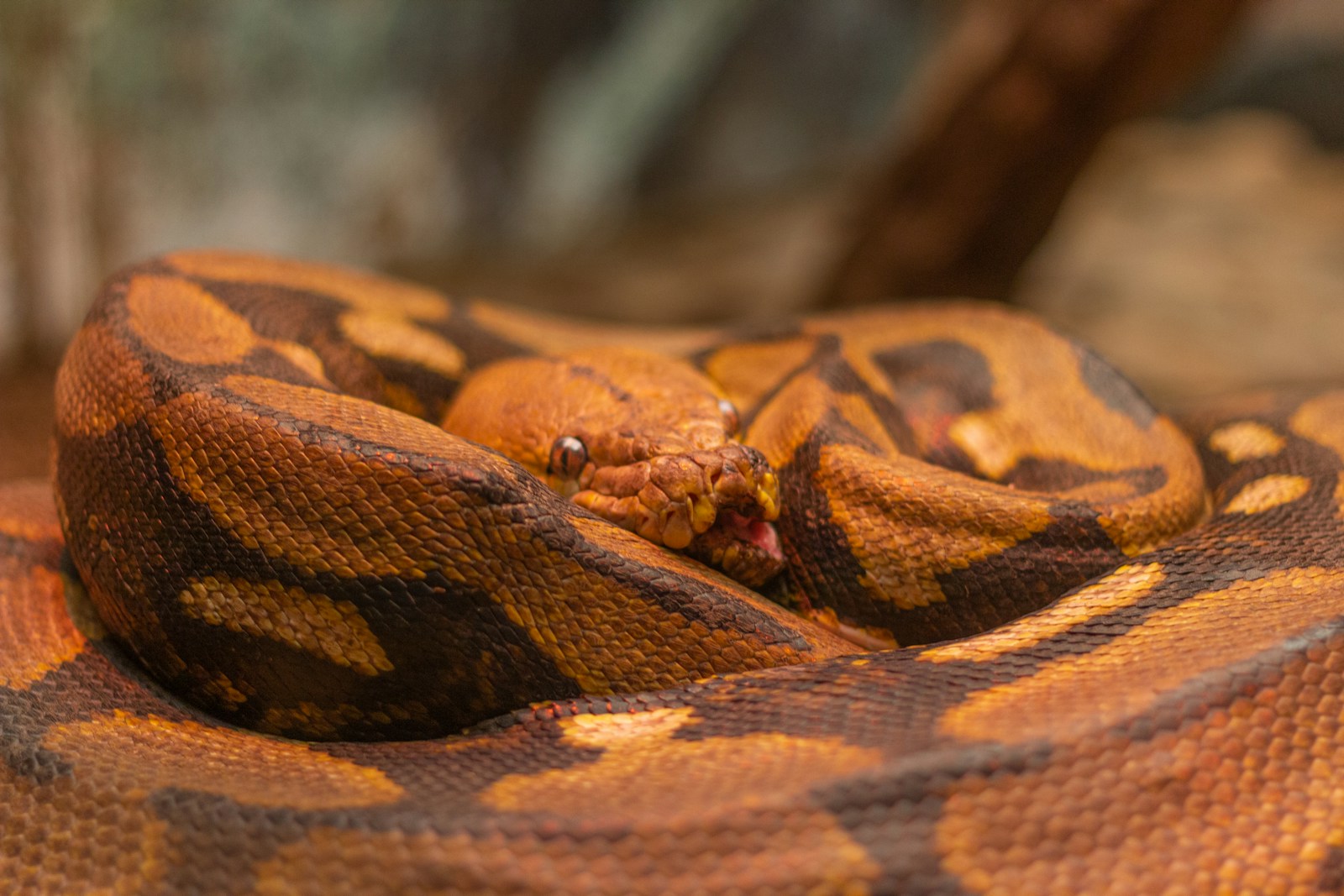
A snake that has adjusted well will be alert and responsive without showing excessive defensiveness or fear responses. When you approach the enclosure, your snake might notice your presence with mild tongue flicking or head movement, but shouldn’t immediately retreat or display defensive postures like striking positions, tail rattling, or hissing. As trust builds, many snakes become somewhat accustomed to their owner’s presence and movements around their enclosure. While individual temperaments vary greatly between species and even individual snakes, a general trend toward calmer responses over time suggests successful adjustment. This doesn’t mean your snake will necessarily become “tame” or enjoy handling, but rather that it no longer perceives routine activities around its enclosure as potential threats.
Normal Waste Elimination
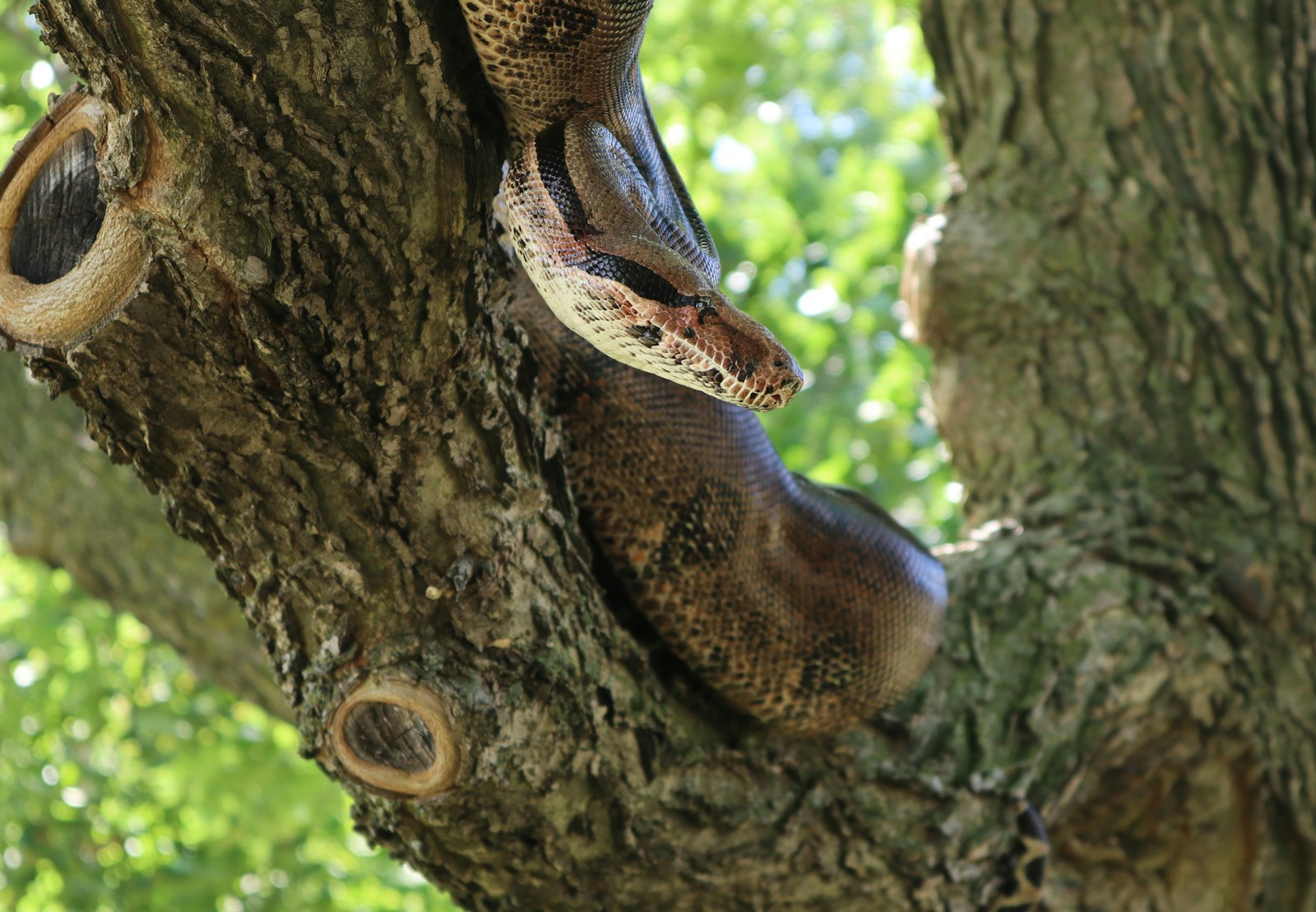
Regular, healthy elimination is a surprisingly important indicator of a snake’s adjustment and overall health. A well-adjusted snake will produce waste products consistently, typically a few days after each meal. Healthy waste includes both solid fecal matter (dark and formed) and urates (white, chalky material that is the snake’s version of urine). Constipation or diarrhea can indicate stress, improper temperatures, or health problems. Additionally, the location of waste can be informative—many snakes establish a preferred “bathroom” area in their enclosure once they’re comfortable, rather than eliminating wherever they happen to be out of fear or discomfort. Consistent, normal elimination patterns suggest your snake’s digestive system is functioning properly and that stress isn’t disrupting its physiological processes.
Clear Signs of Health and Vitality
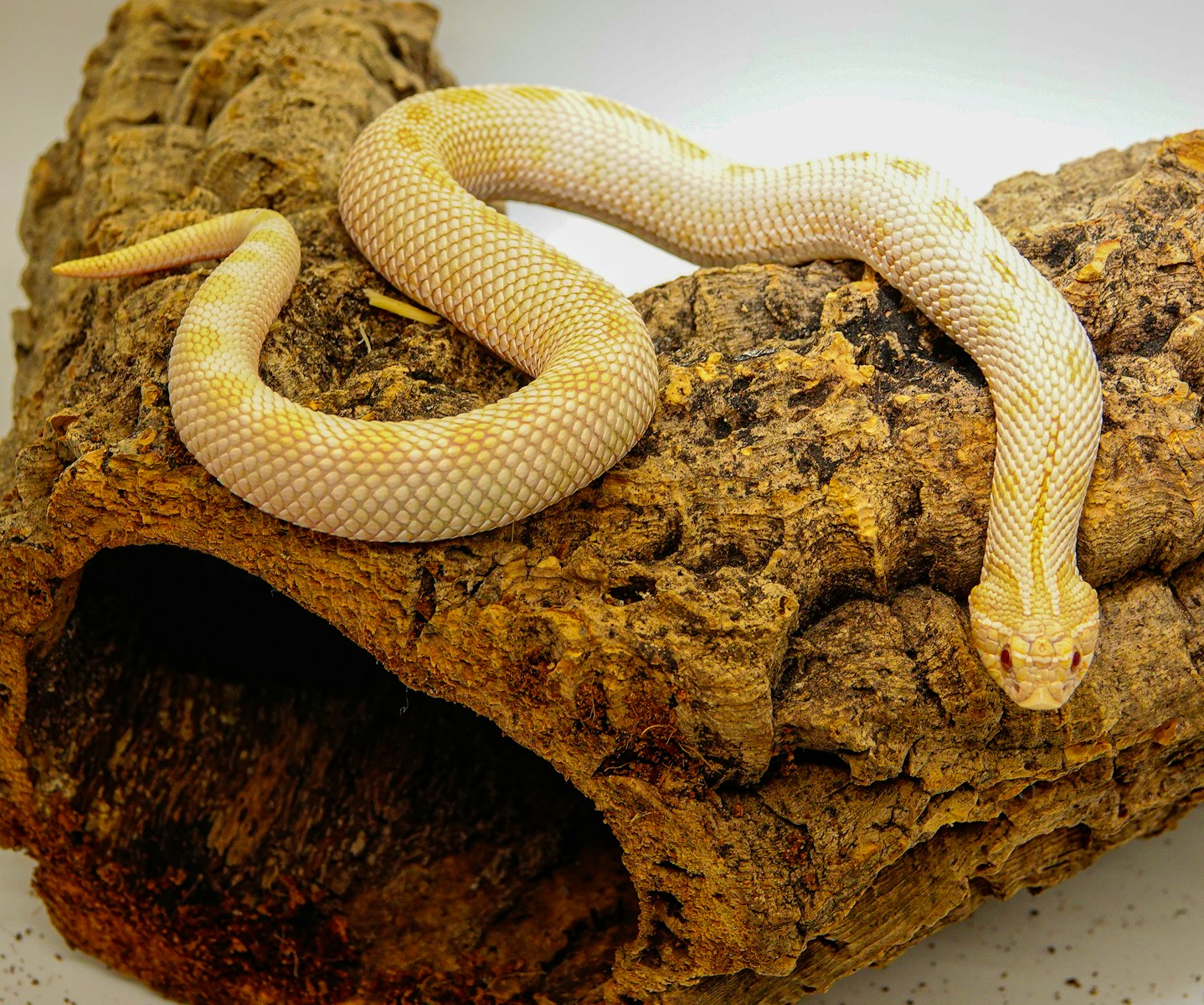
Physical appearance offers clear evidence of successful adjustment, with well-adapted snakes displaying vibrant coloration and good muscle tone. The skin should appear smooth and unblemished, without stuck shed, blisters, or discoloration. Eyes should be clear and bright, not cloudy (except during pre-shed periods). A healthy snake’s body should feel firm but not hard when gently handled, with good muscle tone rather than feeling flabby or emaciated. Respiration should be quiet and regular, without wheezing, bubbling, or excessive open-mouth breathing. The mouth should be free of mucus or inflammation, and the vent (cloaca) area should be clean without swelling or discharge. These physical indicators collectively demonstrate that your snake isn’t just surviving in its new environment but truly thriving.
Gradual Habituation to Handling
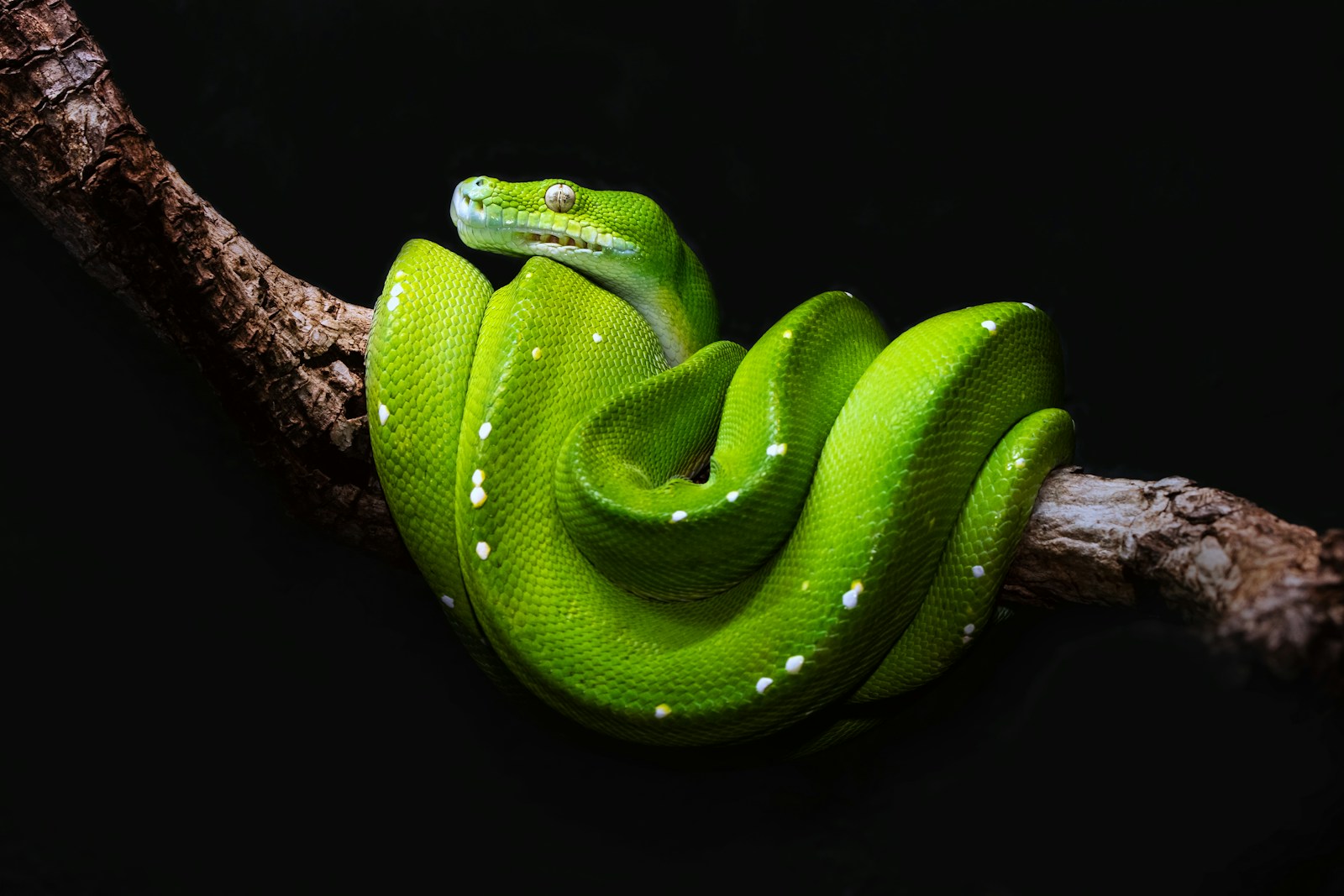
While not all snake species tolerate handling equally, a well-adjusted snake typically shows progressive comfort with careful, appropriate handling over time. Initially, a new snake might be defensive, attempt to flee, or show stress responses like musking (releasing a defensive odor) when handled. As it adjusts, these behaviors should gradually decrease in frequency and intensity. A successfully adjusting snake may begin to explore while being held rather than immediately trying to escape, and its muscles will feel more relaxed in your hands. It’s important to note that handling should be minimal during the initial adjustment period (usually at least two weeks with no handling), and some species naturally remain more nervous about handling than others. However, a general trend toward calmer handling sessions suggests your snake is becoming more comfortable with both its environment and with you as its caretaker.
Understanding the Adjustment Timeline
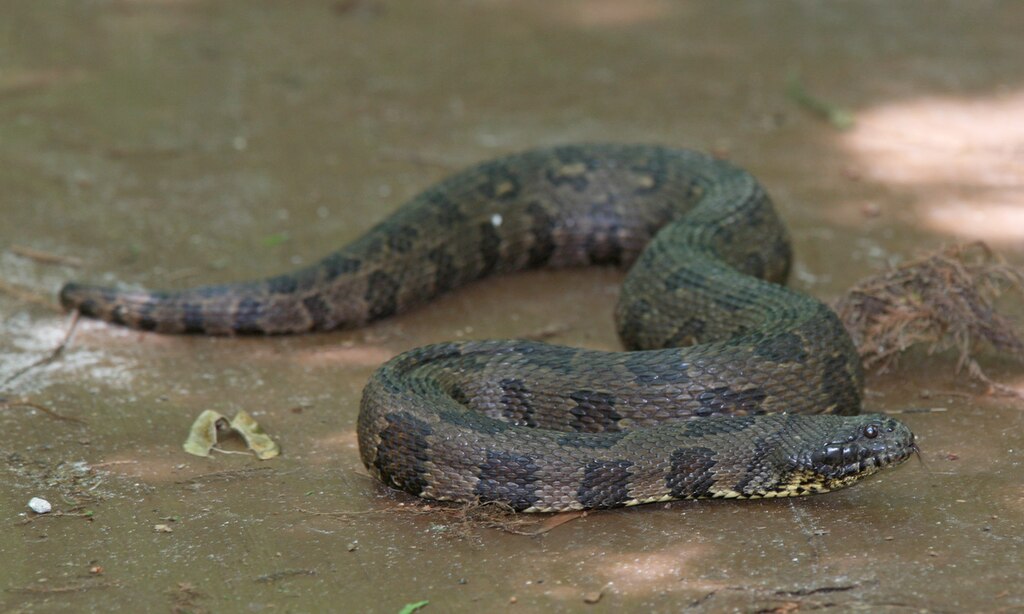
The adjustment period varies significantly between snake species and individual animals, typically ranging from a few weeks to several months. Ball pythons, for example, are known for sometimes taking extended periods to acclimate, while many colubrids may adjust more quickly. Factors influencing adjustment time include the snake’s age, previous experiences, individual temperament, and how closely your husbandry matches its natural habitat requirements. Juvenile snakes often adapt more readily than adults, which may have more established behavioral patterns. The adjustment process is rarely linear—your snake might show progress followed by temporary regressions, particularly after disruptions like enclosure maintenance or seasonal changes. Understanding that adjustment is a gradual process helps set realistic expectations and prevents unnecessary worry during temporary setbacks.
Creating an Environment That Facilitates Adjustment
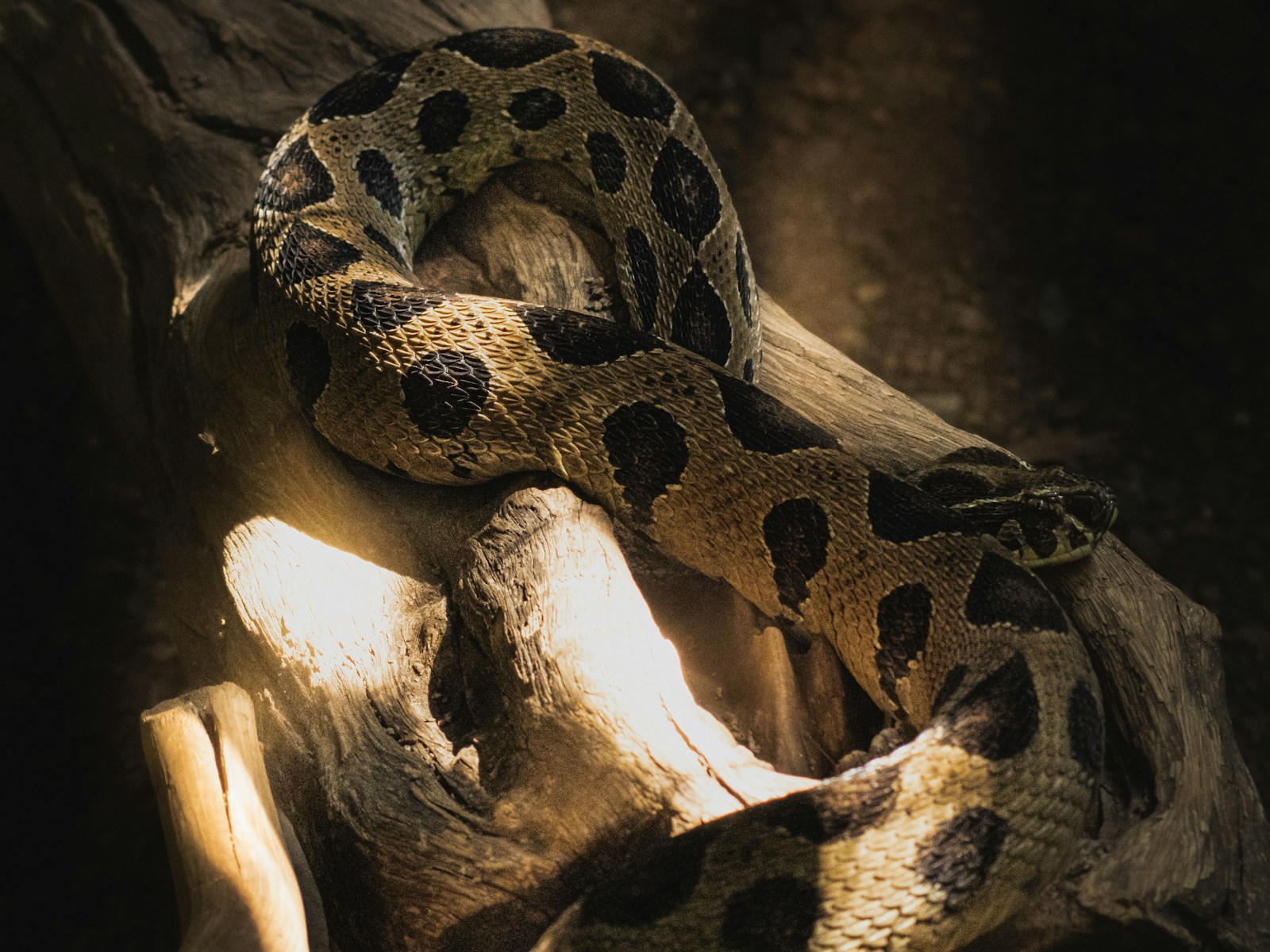
Your efforts to create an ideal habitat significantly impact how quickly and successfully your snake adjusts. Providing appropriate temperature gradients, humidity levels, and multiple secure hiding places gives your snake the environmental security it needs to feel comfortable. Keep the enclosure in a low-traffic, relatively quiet area, especially during the initial adjustment period. Minimize unnecessary disturbances like frequent redecorating or excessive handling. Using proper substrate depth allows for natural burrowing behaviors in many species, which can reduce stress by providing additional security options. Consider covering sides of glass enclosures to reduce the “fishbowl effect” that makes many snakes feel exposed and vulnerable. These habitat optimizations create a foundation for successful adjustment by addressing your snake’s fundamental biological and psychological needs.
When to Be Concerned About Adjustment Issues
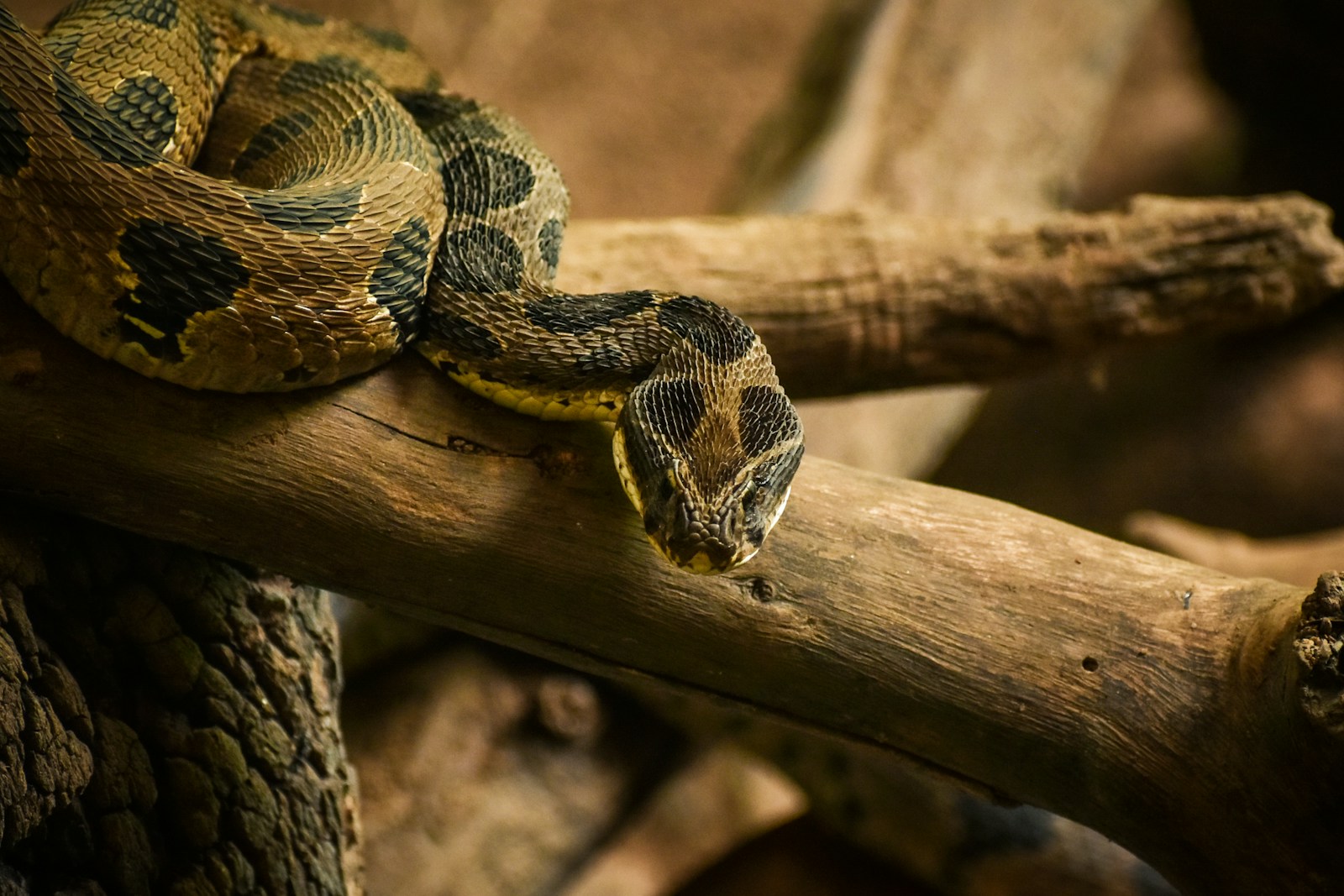
While adjustment takes time, certain persistent behaviors might indicate problems requiring attention or veterinary care. Extended food refusal beyond what’s normal for the species (often more than 1-2 months for adult snakes), aggressive defensive behavior that doesn’t improve at all over several weeks, or complete inactivity where the snake never leaves its hide can signal adjustment difficulties. Physical symptoms like significant weight loss, respiratory issues, abnormal posturing, or regurgitation necessitate prompt veterinary evaluation. Sometimes adjustment challenges stem from husbandry issues rather than inherent health problems—incorrect temperatures, insufficient hiding places, or excessive handling can all impede the adjustment process. If your snake consistently shows concerning behaviors despite appropriate husbandry, consulting with a reptile veterinarian or experienced keeper familiar with the species can help identify and address specific issues.
Building Trust Through Consistent Routines
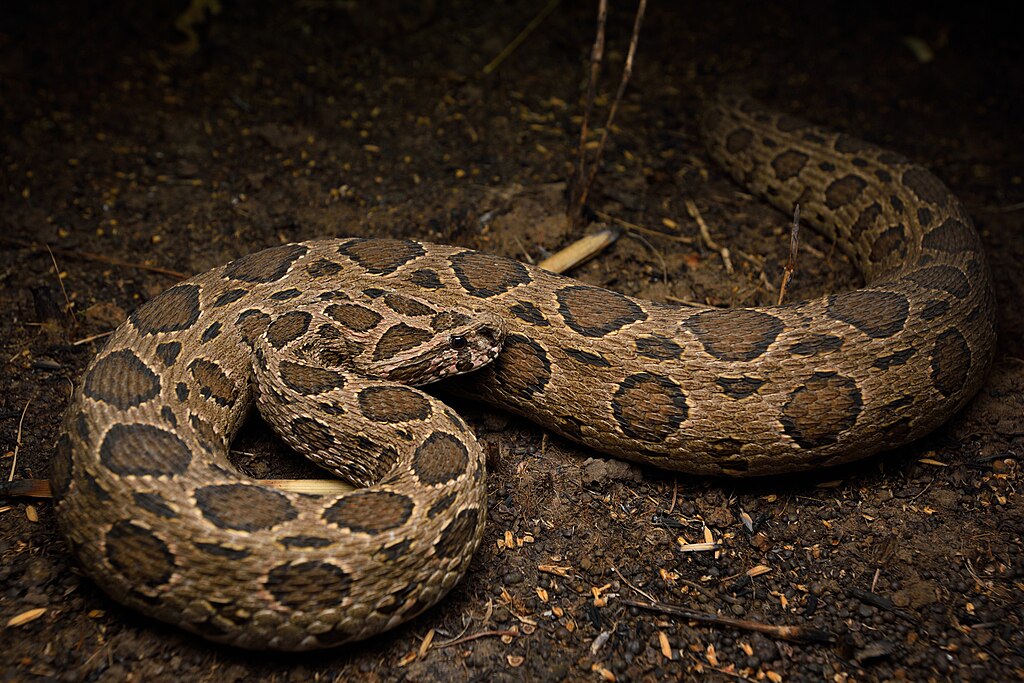
Establishing predictable routines helps your snake develop confidence in its new environment. Consistent feeding schedules, regular but gentle maintenance activities, and handling sessions at similar times of day (if appropriate for the species) create patterns your snake can learn to anticipate. Many keepers find that performing maintenance tasks like spot-cleaning or water changes using the same movements and approach each time reduces stress for their snake. Some owners gradually build positive associations by placing a specific item near the enclosure before offering food, creating a neutral cue that signals feeding time rather than having the snake associate the owner’s hand with both food and potentially stressful handling. These consistent routines help your snake distinguish between different human interactions and develop appropriate responses to each, facilitating smoother adjustment and potentially reducing stress-related behavior problems.
Conclusion
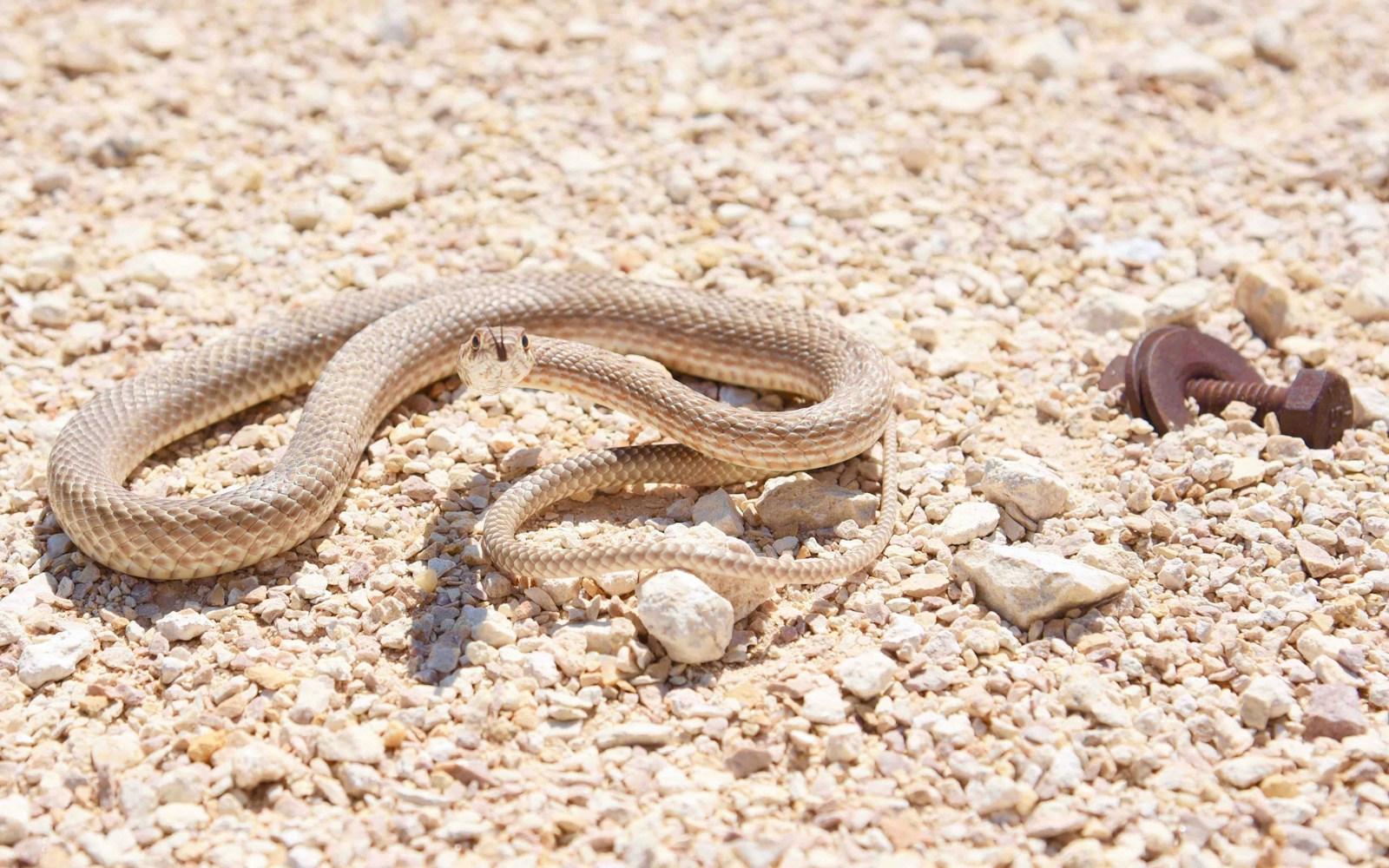
Successfully integrating a new snake into your home requires patience, observation, and understanding of species-specific behaviors. The eight signs discussed—regular exploration, consistent eating, proper shedding, relaxed posture, appropriate use of temperature gradients, responsive but calm behavior, normal elimination, and good physical condition—collectively provide reliable indicators of positive adjustment. Remember that every snake is an individual with its own personality and adjustment timeline. By providing optimal housing, minimizing unnecessary stress, and respecting your snake’s natural behaviors, you create the conditions for a successful transition. As your snake settles in, you’ll likely notice gradual improvements across multiple indicators, building toward a harmonious relationship between you and your reptilian companion. This understanding not only enhances your snake’s welfare but also deepens your appreciation for these fascinating, often misunderstood animals.





